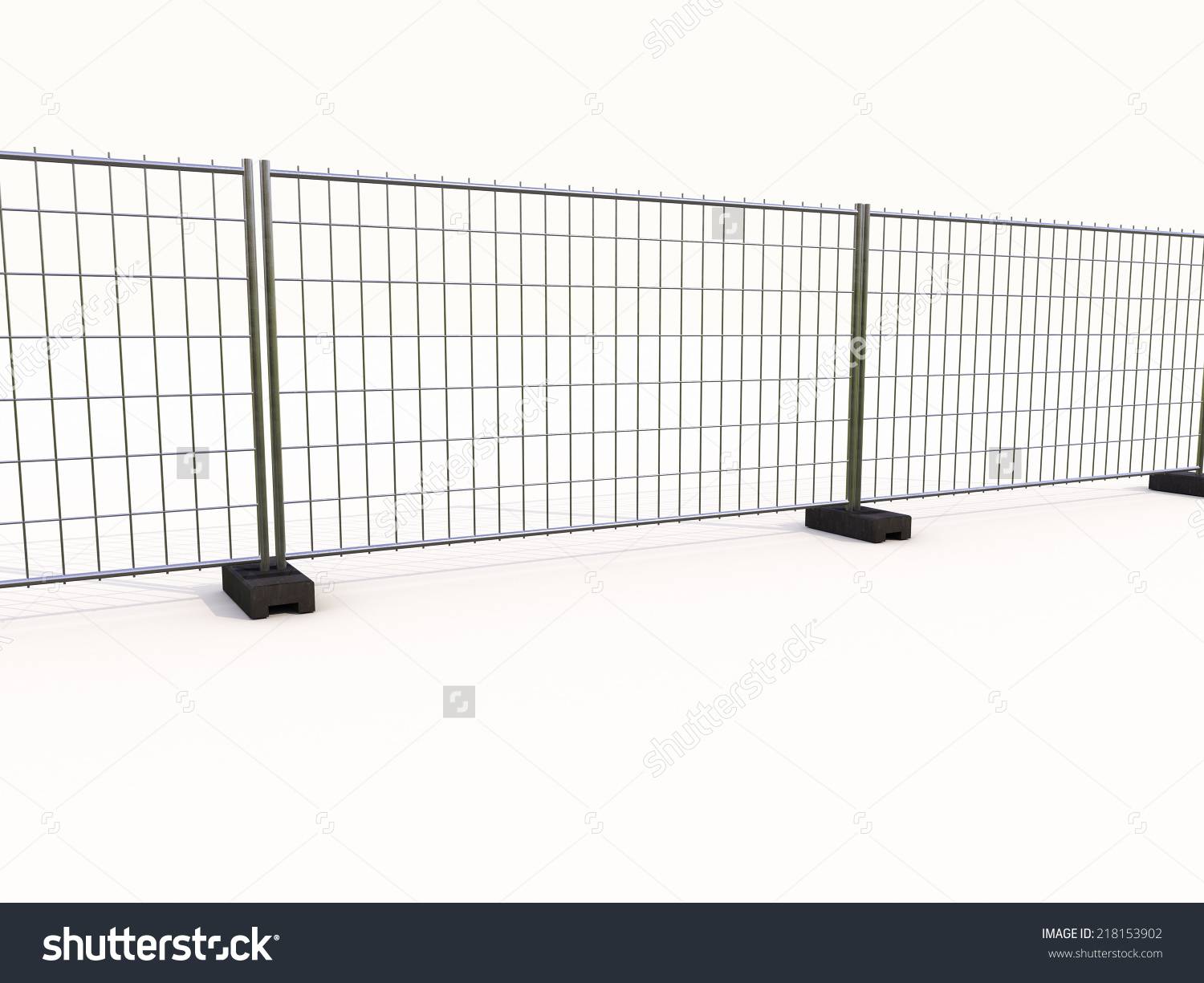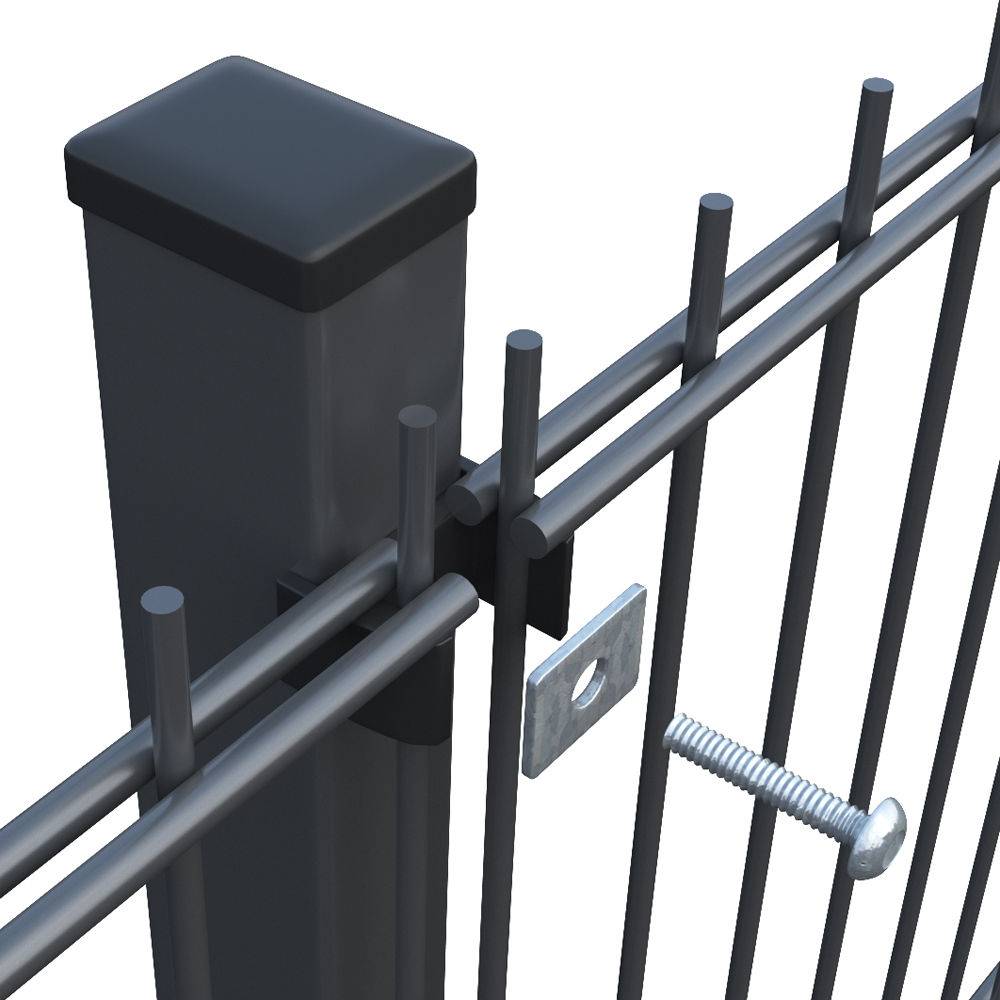

- Afrikaans
- Albanian
- Amharic
- Arabic
- Armenian
- Azerbaijani
- Basque
- Belarusian
- Bengali
- Bosnian
- Bulgarian
- Catalan
- Cebuano
- China
- China (Taiwan)
- Corsican
- Croatian
- Czech
- Danish
- Dutch
- English
- Esperanto
- Estonian
- Finnish
- French
- Frisian
- Galician
- Georgian
- German
- Greek
- Gujarati
- Haitian Creole
- hausa
- hawaiian
- Hebrew
- Hindi
- Miao
- Hungarian
- Icelandic
- igbo
- Indonesian
- irish
- Italian
- Japanese
- Javanese
- Kannada
- kazakh
- Khmer
- Rwandese
- Korean
- Kurdish
- Kyrgyz
- Lao
- Latin
- Latvian
- Lithuanian
- Luxembourgish
- Macedonian
- Malgashi
- Malay
- Malayalam
- Maltese
- Maori
- Marathi
- Mongolian
- Myanmar
- Nepali
- Norwegian
- Norwegian
- Occitan
- Pashto
- Persian
- Polish
- Portuguese
- Punjabi
- Romanian
- Russian
- Samoan
- Scottish Gaelic
- Serbian
- Sesotho
- Shona
- Sindhi
- Sinhala
- Slovak
- Slovenian
- Somali
- Spanish
- Sundanese
- Swahili
- Swedish
- Tagalog
- Tajik
- Tamil
- Tatar
- Telugu
- Thai
- Turkish
- Turkmen
- Ukrainian
- Urdu
- Uighur
- Uzbek
- Vietnamese
- Welsh
- Bantu
- Yiddish
- Yoruba

Temporary Fencing Barriers Durable Safety & Noise Control Solutions
Did you know 32% of construction delays stem from inadequate site security? Imagine losing $8,400 daily due to unauthorized access or safety violations. Temporary fencing barriers aren't just metal panels - they're your first line of defense against project risks. Let's explore how modern solutions outperform traditional methods.
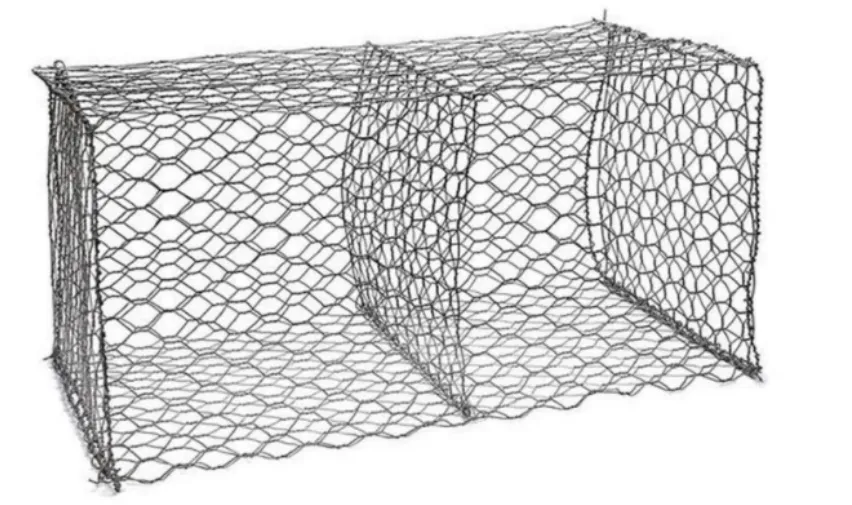
(temporary fencing barriers)
Technical Edge: Smarter Than Traditional Fencing
Why settle for flimsy barriers? Our galvanized steel temporary fencing barriers
deliver 3x the impact resistance of standard chain-link fences. Key upgrades:
- ▶ 40% faster installation with interlocking clamps
- ▶ Noise reduction up to 32 dB (perfect for urban sites)
- ▶ 12-year anti-rust warranty
Head-to-Head: BarrierX Pro vs. Competitors
| Feature | BarrierX Pro | Standard Models |
|---|---|---|
| Wind Resistance | 120 mph | 75 mph |
| Setup Time/100ft | 18 mins | 45 mins |
Your Site, Your Rules: Custom Configurations
Need 8ft barriers with integrated CCTV mounts? Special angles for uneven terrain? Our modular temporary construction sound barriers adapt like LEGO® blocks. 94% of clients get customized solutions within 72 hours.
Case Study: Downtown NYC High-rise Project
"BarrierX's temporary safety barriers cut our security incidents by 67% during the 18-month project," says John M., site manager at SkyBuild Corp. The vibration-dampening system prevented 92% of noise complaints from adjacent offices.
Act Now: Limited Inventory Alert!
Why risk delays? Get free site assessment + 5% discount when ordering before [Month 31]. Our team guarantees 24-hour delivery in 28 states. Click below or call 1-800-BARRIERX now!
Claim Your Safety Solution →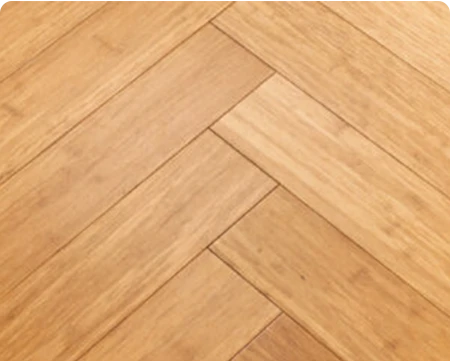
(temporary fencing barriers)
FAQS on temporary fencing barriers
Q: What are the primary uses of temporary fencing barriers?
A: Temporary fencing barriers are commonly used for crowd control, securing construction sites, and marking boundaries during events. They provide safety, restrict unauthorized access, and are easy to install and relocate as needed.
Q: How do temporary safety barriers differ from standard fencing?
A: Temporary safety barriers are designed with enhanced durability and stability to prevent accidents in high-risk areas like roadworks or industrial zones. They often feature reflective panels or crash-resistant materials for increased visibility and protection.
Q: Can temporary construction sound barriers reduce noise effectively?
A: Yes, temporary construction sound barriers use dense materials like acoustic panels or mass-loaded vinyl to absorb and block noise. They are ideal for minimizing disruptions in urban construction projects or near residential areas.
Q: Are temporary fencing barriers suitable for uneven terrain?
A: Many temporary fencing barriers have adjustable feet or interlocking panels to adapt to slopes or uneven surfaces. Always check the product specifications for terrain compatibility before installation.
Q: What factors determine the choice of temporary safety barriers for a project?
A: Key factors include the level of required protection, site conditions (e.g., wind exposure or traffic), and regulatory compliance. Options range from lightweight plastic barriers to heavy-duty steel systems depending on the risk level.
Recommended Products
Latest News About CHENG CHUANG
-
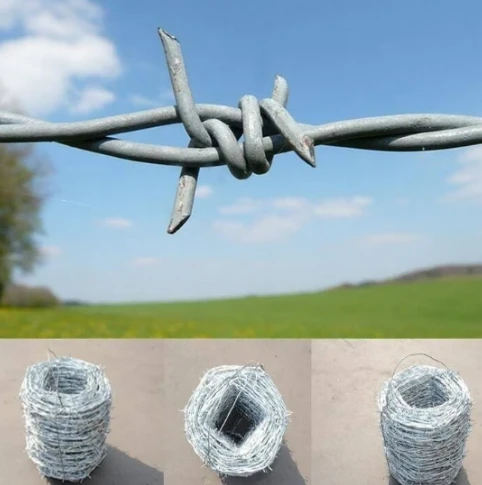 Metal Fence Panels for SecurityWhen it comes to securing properties, protecting perimeters, and maintaining privacy, metal fence panels are one of the most reliable solutions.Read more >
Metal Fence Panels for SecurityWhen it comes to securing properties, protecting perimeters, and maintaining privacy, metal fence panels are one of the most reliable solutions.Read more >Apr 22 2025
-
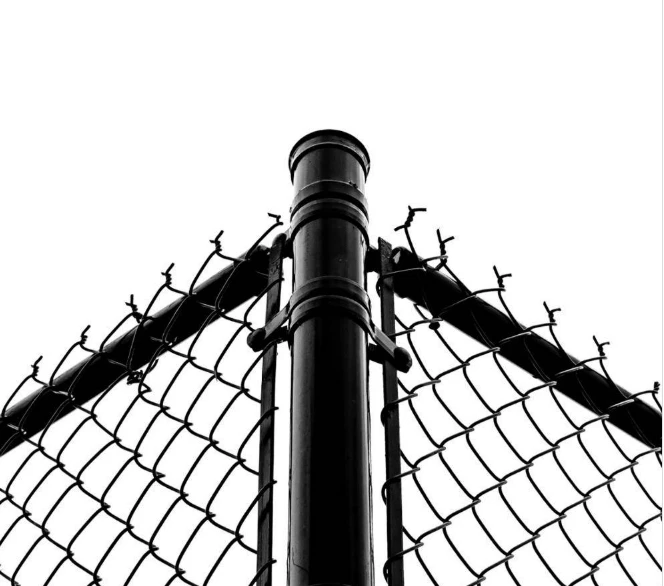 Metal Fence Panels for SaleWhen it comes to securing properties, enhancing curb appeal, and ensuring durability, metal fence panels for sale are an excellent choice.Read more >
Metal Fence Panels for SaleWhen it comes to securing properties, enhancing curb appeal, and ensuring durability, metal fence panels for sale are an excellent choice.Read more >Apr 22 2025
-
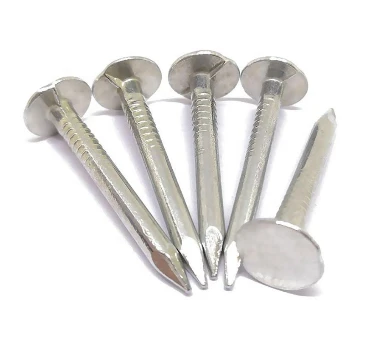 Guide to Common Types of NailsNails are one of the most basic yet essential fasteners used in construction, woodworking, and various DIY projects.Read more >
Guide to Common Types of NailsNails are one of the most basic yet essential fasteners used in construction, woodworking, and various DIY projects.Read more >Apr 22 2025
-
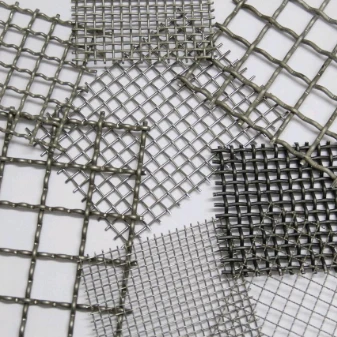 Finding the Best Wire Fencing for SaleWhen it comes to securing your property, ensuring safety, and maintaining aesthetics, wire fencing for sale offers a perfect solution.Read more >
Finding the Best Wire Fencing for SaleWhen it comes to securing your property, ensuring safety, and maintaining aesthetics, wire fencing for sale offers a perfect solution.Read more >Apr 22 2025
-
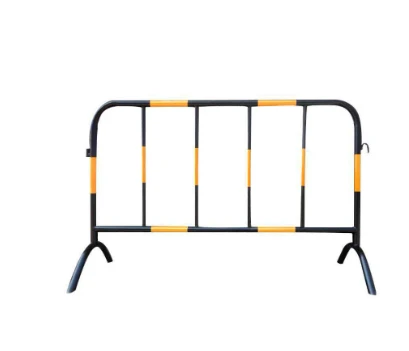 Crowd Barriers for SaleWhen it comes to managing large crowds, ensuring safety, and maintaining organized spaces, crowd barriers for sale are essential.Read more >
Crowd Barriers for SaleWhen it comes to managing large crowds, ensuring safety, and maintaining organized spaces, crowd barriers for sale are essential.Read more >Apr 22 2025
